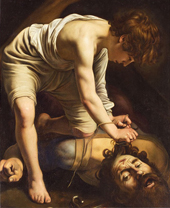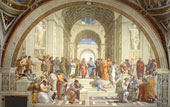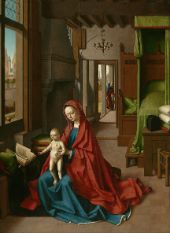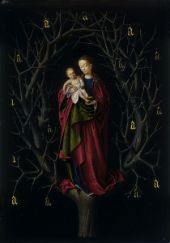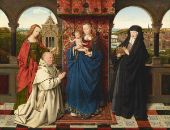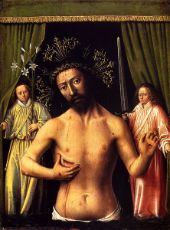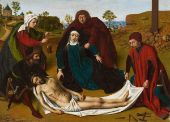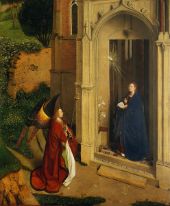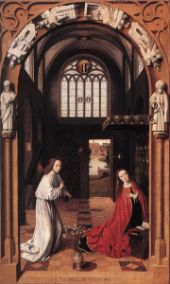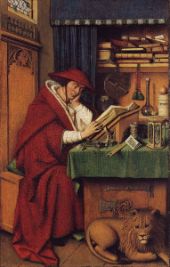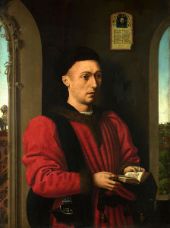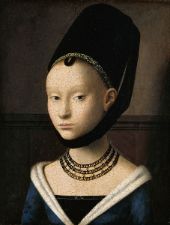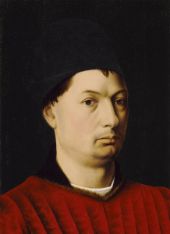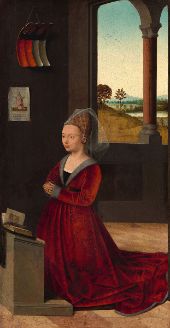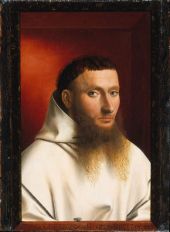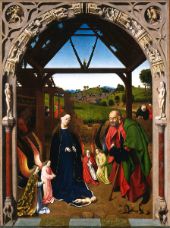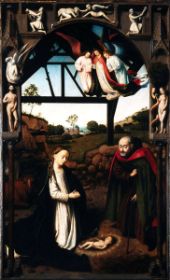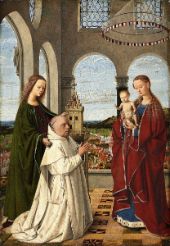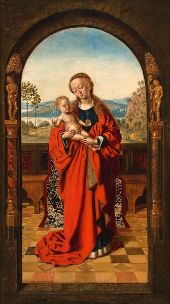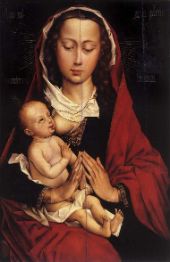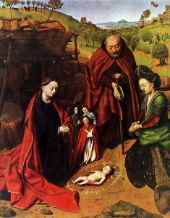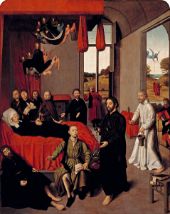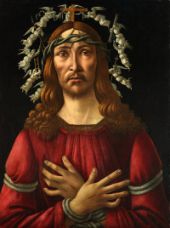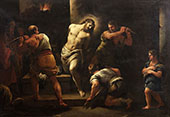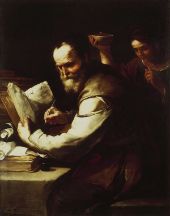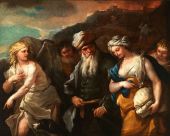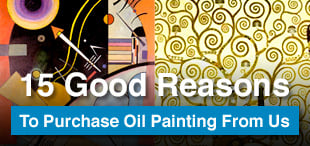Religious Art Oil Painting Reproductions
Find Religious Art oil painting replicas
An Introduction to Religious Wall Art
Religious art has a long history in Western art's canon and humanity's history. Some of our earliest-known artistic artifacts celebrate deities and fertility myths. One example is the voluptuous Austrian Venus of Willendorf, which was likely carved 24,000 years ago. It is a genuinely enigmatic item suggesting humanity’s early search for truth and beauty. As Christianity became the predominant power, shaping European culture and creativity, its influence is seen across the globe. Renaissance religious art produced some of the most astounding paintings of Christ and biblical passages. Artists and patrons alike created inspiring objects of worship and devotion.
To this day, religious art maintains its power to communicate biblical narratives and utmost beauty to the religious and non-religious alike. This article introduces some of the most famous religious paintings of all time.
What Is Religious Art?
Defined as any artwork inspired by religion, religious art aims to uplift and concentrate the mind on spiritual matters. However, it is far more than a painting depicting biblical themes, as religious art also serves the practical purpose of spiritual realization. In this context, we address Christian religious wall art and paintings that support, clarify, or explore the main messages of the religion. Historically, the most common form of historical religious art has been architecture. From Stonehenge to the Egyptian Pyramids and the Hagia Sophia in Istanbul, religious and political authorities have frequently turned to art and buildings to impress and influence their congregations.
Christian art, in particular, aimed to express a message of an ordered universe. This consequently contributed to the preservation of social order. But it came with a price. Popes Julius II and Leo X almost bankrupted the Church in the first decades of the sixteenth century. Their spending prompted criticisms of corruption and opulence within the church, which became a vital cause of the Reformation.
Renaissance Religious Art: Italy
Renaissance religious art was born and matured in Italy. Financed by church leaders and wealthy families such as the Medici, it represented a significant shift in publicly sponsored art. During the late 15th and early 16th centuries, Michelangelo painted the Sistine Chapel, including the Creation of Adam, and Leonardo da Vinci created the Last Supper masterpiece.
Other masterpieces of the early Italian Renaissance include paintings by Rafaello Sansio da Urbano, more familiarly known as Raphael. Raphael’s Sistine Madonna was created in 1512, and The Transfiguration in 1516 refers to Christ’s reappearance in radiant glory to three of his disciples. Venice was particularly notable for its outstanding Old Master religious painters, especially Titian, Tintoretto, and Veronese. Titian’s brilliant focus on vivid colors and dynamic compositions, best represented in paintings such as The Entombment, 1572 was taken to their fullest extent by a later contemporary, the Baroque painter Caravaggio. Caravaggio’s pioneering use of “chiaroscuro,” the dramatic treatment of light and shade, brought religious passages into sharp focus. The Calling of St Matthew 1600 depicts the moment Jesus Christ, accompanied by St Peter, inspires Matthew to become his disciple. Caravaggio heightens the drama of this simple scene, with a single shaft of light illuminating the shocked men.
Renaissance Religious Art: Spain
While Rome remained the center of religious art – Spanish religious paintings and devotional art began to thrive in the late 16th century. Although hailing from Crete, El Greco was one of its leading proponents. Paintings such as The Tears of Saint Peter 1587 exemplify his mannerist approach. Building on the work of early Italian Renaissance artists such as Leonardo da Vinci, Raphael, and Michelangelo, El Greco focused on idealized proportion, balance, and elegance.
El Greco’s deliberate distortions and focus on aesthetic compositions inspired another Spanish master, Diego Velázquez. In Christ Crucified 1632, Velázquez produced one of the most famous paintings of Christ of all time. In a simplified, symmetrical work, the artist expresses the awe and mystery of the crucifixion moment. Christ shines out against a jet-black backdrop. As a life-size frontal nude, it presents a unique masterly fusion of serenity, surrender, dignity, and nobility.
Later Spanish masters included Bartolome Esteban Murillo. Murillo tackled the complex subject of the Immaculate Conception. This work presents Mary as an angelic beauty surrounded by cherubs and heavenly light. He also produced some stunning paintings of Christ, including two versions of Ecce Homo 1660 and Ecce Homo 1670.
Religious Art: Northern Europe
Altarpiece art was a common feature of Northern Renaissance religious art. It remains a source of inspiration, expounded by modern abstract artists such as Hilma af Klint, for instance, in Altarpiece No.1.
Religious art was propounded mainly in Northern Europe by Peter Paul Rubens and the Flemish Baroque school in terrifying realism with paintings like Fall of the Damned. Rembrandt van Rijn (the undisputed master of the Dutch Golden Age, was also a leading proponent. Rembrandt often tackled biblical stories with his usual sense of everyday life and humanity. This includes the tale of the prodigal son, shown in The Prodigal Son in a Brothel and Return of the Prodigal Son 1669.
While the 18th and 19th centuries saw a gradual decline in religious art, there were some notable exceptions. Geo-political developments such as the French and Russian revolutions meant secular work predominated. Despite this, artists such as Vincent Van Gogh were inspired by earlier masters. Van Gogh painted many studies, including Pieta after Delacroix 1889 and The Good Samaritan after Delacroix 1890.
Although better known for his post-impressionist paintings, depicting French Polynesia in dazzling color, Paul Gauguin also tackled religious themes. He was a personal friend of Vincent van Gogh. Indeed, Van Gogh’s famous depression and breakdown were partly in response to a failed attempt to establish an artist community with Gaugin. One can see the artists’ revolutionary treatment of religious topics in works such as The Yellow Christ, Jacob Wrestling the Angel, and The Vision after the Sermon. These oil paintings are so different from anything before them, and religious art would never be the same again.
With an unrivaled collection of canvas wall art, we are sure you will enjoy browsing our collection of famous religious oil painting reproductions.
Testimonial from Bruno V, Switzerland
Cannot Find What You Are Looking For?
Reproduction Gallery Information
Customer Service
(Send Us A Message)
Tel: (503) 937 2010
Fax: (503) 937 2011

